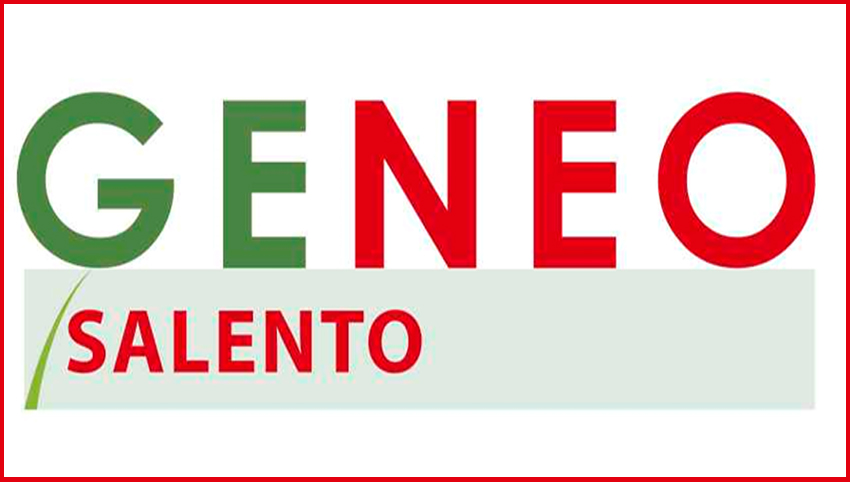Project Description
- Start date: 01/09/16
- End date: in progress

- Number of partners: 4
- Partners: LILT Provinciale, Università del Salento (DII), ASL Lecce, Provincia di Lecce.
- Evaluation of the correlation between the genotoxicity of the environmentally sensitive areas and the incidence and prevalence of cancer in populations living in these areas. This result will have a database that will allow the knowledge between environmental pollution and increased cancers in areas at risk.
- Cartographic representation of correlation data between risk areas, type of contaminant, type and incidence of cancer for the support to early screening activities.
The project develops themes and skills relating to the health effects of environmental risk factors. Indeed, this project serves to the SSN need for analytical tools and environmental outcomes to be used in screening programs and identification of areas at risk. To this end, in fact, the proposed project wants to respond in particular to the need for skills related to the study and measurement of environmental risk factors to human health in order to provide targeted activities of prevention and investigation in the areas at risk.
For more information please contact: Antonio Calisi (antonio.calisi@unisalento.it)
